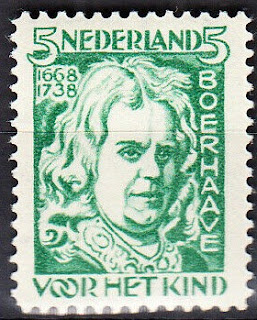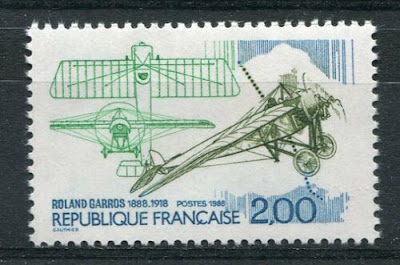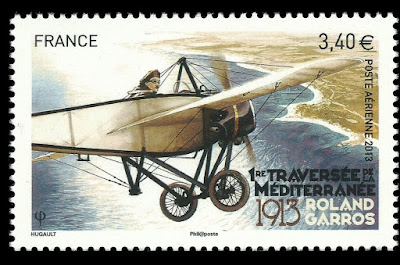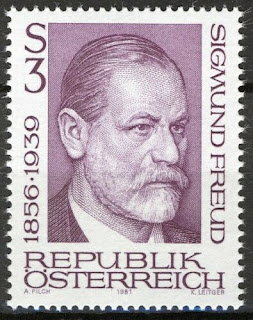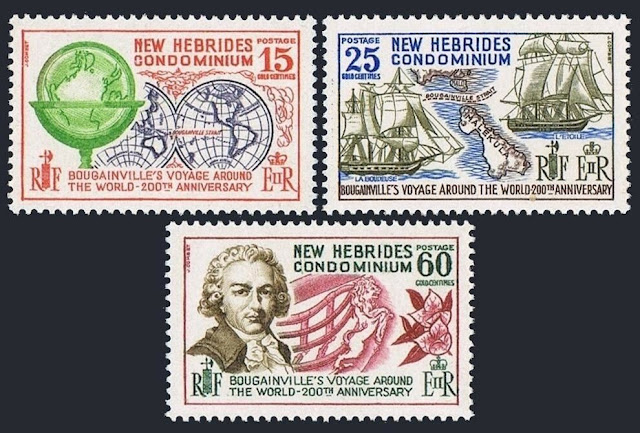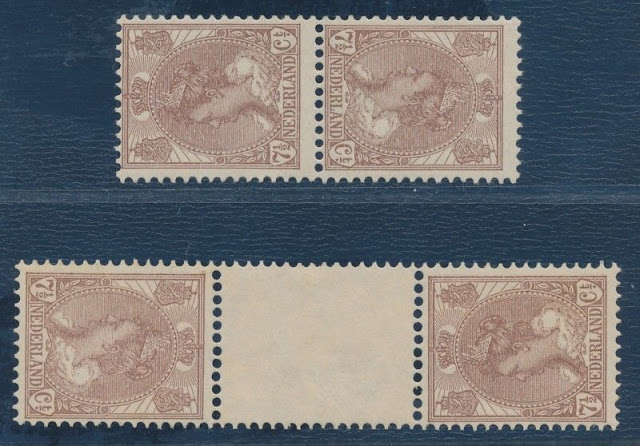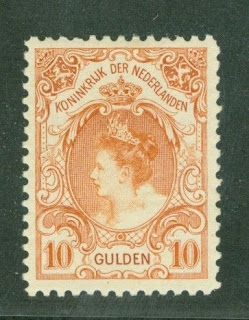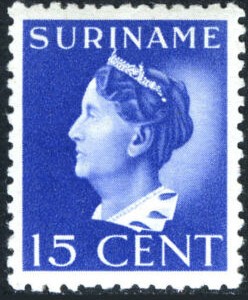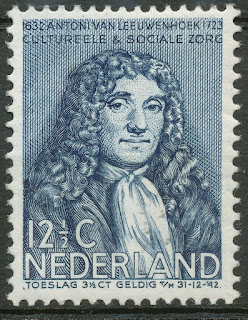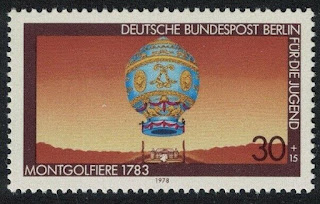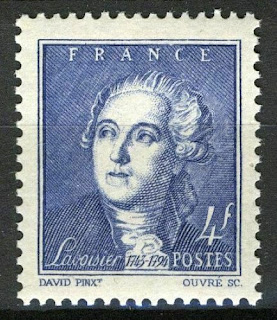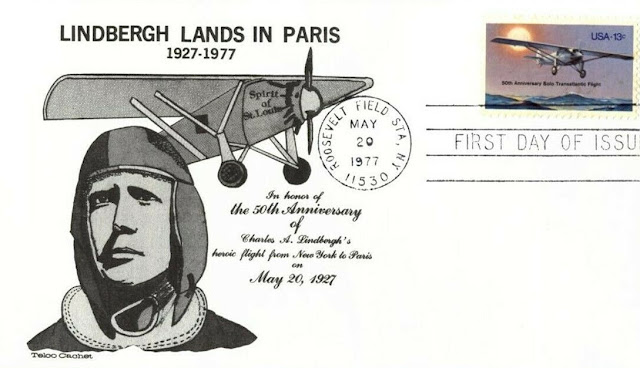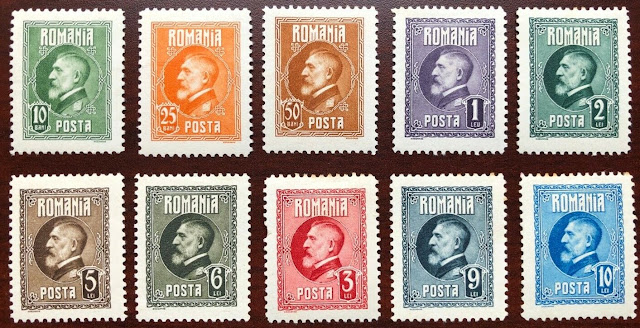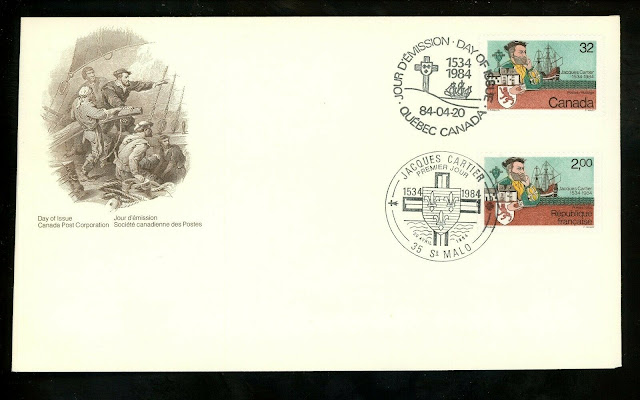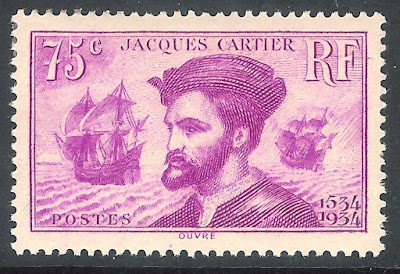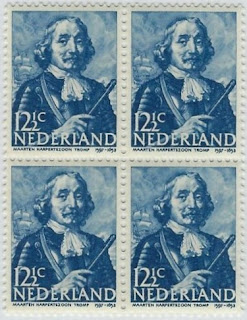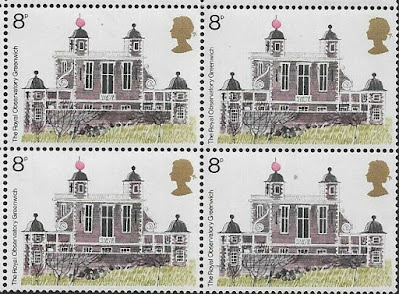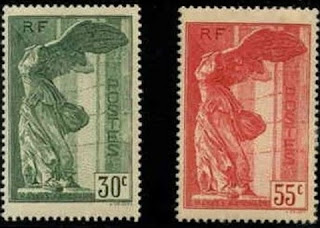Here are some events that happened on August 10th. It could be an event or a person that died or was born on that day
1653 Died: Maarten Tromp, Dutch admiral (b. 1598)
Maarten Harpertszoon Tromp (also written as Maerten Tromp; 23 April 1598 – 10 August 1653) was a Dutch army general and admiral in the Dutch navy.
In 1637, Tromp was promoted from captain to Lieutenant-Admiral of Holland and West Frisia in 1637, following the dismissal of Lieutenant-Admiral Philips van Dorp, Vice-Admiral Jasper Liefhebber, and other flag officers due to incompetence. Although formally ranking under the Admiral-General Frederick Henry of Orange, he was the de facto supreme commander of the Dutch fleet, as the stadtholders never fought at sea. Tromp was mostly occupied with blockading the privateer port of Dunkirk. Both Tromp and Witte de With, who was named as Vice-Admiral, had been born in Den Briel and served as flag captains of Piet Heyn.
In 1639, during the Dutch struggle for independence from Spain, Tromp defeated a large Spanish fleet bound for Flanders at the Battle of the Downs, marking the end of Spanish naval power. In a preliminary battle, the Action of 18 September 1639, Tromp was the first fleet commander known for the deliberate use of line of battle tactics. His flagship in this period was the Aemilia.
In 1643 the subject was the center of a parliamentary investigation of naval intrigue with the Queen of England and the Prince of Orange who had allegedly instructed the Vice-Admiral to allow passage of two frigates purchased by English royalists in Dunkirk.
In the First Anglo-Dutch War of 1652 to 1653, Tromp commanded the Dutch fleet in the battles of Dover, Dungeness, Portland, the Gabbard and Scheveningen. In the latter, he was killed by a sharpshooter in the rigging of William Penn's ship. His acting flag captain, Egbert Bartholomeusz Kortenaer, on the Brederode kept up fleet morale by not lowering Tromp's standard, pretending Tromp was still alive.
Tromp's death was a severe blow to the Dutch navy but also to the Orangists, who sought the defeat of the Commonwealth of England and the restoration of the Stuart monarchy. Republican influence strengthened after Scheveningen, which led to peace negotiations with the Commonwealth, culminating in the Treaty of Westminster.
During his career, his main rival was Vice-Admiral Witte de With, who also served the Admiralty of Rotterdam (de Maze) from 1637. De With temporarily replaced him as supreme commander for the Battle of Kentish Knock. Tromp's successor was Lieutenant-Admiral Jacob van Wassenaer Obdam.
Dutch stamps depicting Maarten Tromp
1675 – The foundation stone of the Royal Greenwich Observatory in London, England is laid.
The Royal Observatory, Greenwich (ROG; known as the Old Royal Observatory from 1957 to 1998, when the working Royal Greenwich Observatory, RGO, moved from Greenwich to Herstmonceux) is an observatory situated on a hill in Greenwich Park, overlooking the River Thames. It played a major role in the history of astronomy and navigation, and because the prime meridian passes through it, it gave its name to Greenwich Mean Time. The ROG has the IAU observatory code of 000, the first in the list. ROG, the National Maritime Museum, the Queen's House and Cutty Sark are collectively designated Royal Museums Greenwich.
The observatory was commissioned in 1675 by King Charles II, with the foundation stone being laid on 10 August. The site was chosen by Sir Christopher Wren. At that time the king also created the position of Astronomer Royal, to serve as the director of the observatory and to "apply himself with the most exact care and diligence to the rectifying of the tables of the motions of the heavens, and the places of the fixed stars, so as to find out the so much desired longitude of places for the perfecting of the art of navigation." He appointed John Flamsteed as the first Astronomer Royal. The building was completed in the summer of 1676. The building was often called "Flamsteed House", in reference to its first occupant.
The scientific work of the observatory was relocated elsewhere in stages in the first half of the 20th century, and the Greenwich site is now maintained almost exclusively as a museum, although the AMAT telescope became operational for astronomical research in 2018.
Stamps from Great Britain commemorating the Royal Greenwich Observatory and the prime meridian
1793 – The Musée du Louvre is officially opened in Paris, France.
The Louvre, is the world's largest art museum and a historic monument in Paris, France. A central landmark of the city, it is located on the Right Bank of the Seine in the city's 1st arrondissement (district or ward). Approximately 38,000 objects from prehistory to the 21st century are exhibited over an area of 72,735 square meters (782,910 square feet). In 2019, the Louvre received 9.6 million visitors, making it the most visited museum in the world.
The museum is housed in the Louvre Palace, originally built as the Louvre castle in the late 12th to 13th century under Philip II. Remnants of the fortress are visible in the basement of the museum. Due to urban expansion, the fortress eventually lost its defensive function, and in 1546 Francis I converted it into the primary residence of the French Kings. The building was extended many times to form the present Louvre Palace. In 1682, Louis XIV chose the Palace of Versailles for his household, leaving the Louvre primarily as a place to display the royal collection, including, from 1692, a collection of ancient Greek and Roman sculpture. In 1692, the building was occupied by the Académie des Inscriptions et Belles-Lettres and the Académie Royale de Peinture et de Sculpture, which in 1699 held the first of a series of salons. The Académie remained at the Louvre for 100 years. During the French Revolution, the National Assembly decreed that the Louvre should be used as a museum to display the nation's masterpieces.
The museum opened on 10 August 1793 with an exhibition of 537 paintings, the majority of the works being royal and confiscated church property. Because of structural problems with the building, the museum was closed in 1796 until 1801. The collection was increased under Napoleon and the museum was renamed Musée Napoléon, but after Napoleon's abdication, many works seized by his armies were returned to their original owners. The collection was further increased during the reigns of Louis XVIII and Charles X, and during the Second French Empire the museum gained 20,000 pieces. Holdings have grown steadily through donations and bequests since the Third Republic. The collection is divided among eight curatorial departments: Egyptian Antiquities; Near Eastern Antiquities; Greek, Etruscan and Roman Antiquities; Islamic Art; Sculpture; Decorative Arts; Paintings; Prints and Drawings.
French stamps commemorating the Louvre
1874 Born: Herbert Hoover, American engineer and politician, 31st President of the United States (d. 1964)
Herbert Clark Hoover (August 10, 1874 – October 20, 1964) was an American engineer, businessman, and politician who served as the 31st president of the United States from 1929 to 1933. A member of the Republican Party, he held office during the onset of the Great Depression. Before serving as president, Hoover led the Commission for Relief in Belgium, served as the director of the U.S. Food Administration, and served as the 3rd U.S. Secretary of Commerce.
Hoover was born to a Quaker family in West Branch, Iowa. He took a position with a London-based mining company after graduating from Stanford University in 1895. After the outbreak of World War I, he became the head of the Commission for Relief in Belgium, an international relief organization that provided food to occupied Belgium. When the U.S. entered the war, President Woodrow Wilson appointed Hoover to lead the Food Administration, and Hoover became known as the country's "food czar". After the war, Hoover led the American Relief Administration, which provided food to the inhabitants of Central Europe and Eastern Europe. Hoover's war-time service made him a favorite of many progressives, and he unsuccessfully sought the Republican nomination in the 1920 presidential election.
After the 1920 election, newly elected Republican President Warren G. Harding appointed Hoover as Secretary of Commerce; Hoover continued to serve under President Calvin Coolidge after Harding died in 1923. Hoover was an unusually active and visible cabinet member, becoming known as "Secretary of Commerce and Under-Secretary of all other departments". He was influential in the development of radio and air travel and led the federal response to the Great Mississippi Flood of 1927. Hoover won the Republican nomination in the 1928 presidential election, and decisively defeated the Democratic candidate, Al Smith. The stock market crashed shortly after Hoover took office, and the Great Depression became the central issue of his presidency. Hoover pursued a variety of policies in an attempt to lift the economy, but opposed directly involving the federal government in relief efforts.
In the midst of the economic crisis, Hoover was decisively defeated by Democratic nominee Franklin D. Roosevelt in the 1932 presidential election. After leaving office, Hoover enjoyed one of the longest retirements of any former president, and he authored numerous works in subsequent decades. Hoover became increasingly conservative in this time, and he strongly criticized Roosevelt's foreign policy and New Deal domestic agenda. In the 1940s and 1950s, Hoover's public reputation was slightly rehabilitated after serving in various assignments for Presidents Harry S. Truman and Dwight D. Eisenhower, including as chairman of the Hoover Commission. Though he managed somewhat to rehabilitate his legacy, Hoover is still widely regarded as an inadequate U.S. president, and most polls of historians and political scientists rank him in the bottom third overall.
US stamps and first day cover depicting Herbert Hoover


1896 Died: Otto Lilienthal, German pilot and engineer (b. 1848 )
Karl Wilhelm Otto Lilienthal (23 May 1848 – 10 August 1896) was a German pioneer of aviation who became known as the "flying man". He was the first person to make well-documented, repeated, successful flights with gliders. Newspapers and magazines published photographs of Lilienthal gliding, favorably influencing public and scientific opinion about the possibility of flying machines becoming practical. On 9 August 1896, his glider stalled and he was unable to regain control. Falling from about 15 m (50 ft), he broke his neck and died the next day.
Lilienthal's greatest contribution was in the development of heavier-than-air flight. He made his flights from an artificial hill he built near Berlin and from natural hills, especially in the Rhinow region.
The filing of a U.S. Patent in 1894 by Lilienthal directed pilots to grip the "bar" for carrying and flying the hang glider. The A-frame of Percy Pilcher and Lilienthal echoes in today's control frame for hang gliders and ultralight aircraft. Working in conjunction with his brother Gustav, Lilienthal made over 2,000 flights in gliders of his design starting in 1891 with his first glider version, the Derwitzer, until his death in a gliding crash in 1896. His total flying time was five hours.
At the beginning, in 1891, Lilienthal succeeded with jumps and flights covering a distance of about 25 meters (82 ft). He could use the updraft of a 10 m/s wind against a hill to remain stationary with respect to the ground, shouting to a photographer on the ground to maneuver into the best position for a photo. In 1893, in the Rhinow Hills, he was able to achieve flight distances as long as 250 meters (820 ft). This record remained unbeaten for him or anyone else at the time of his death.
Lilienthal did research in accurately describing the flight of birds, especially storks, and used polar diagrams for describing the aerodynamics of their wings. He made many experiments in an attempt to gather reliable aeronautical data.
German stamps depicting Otto Lilienthal
